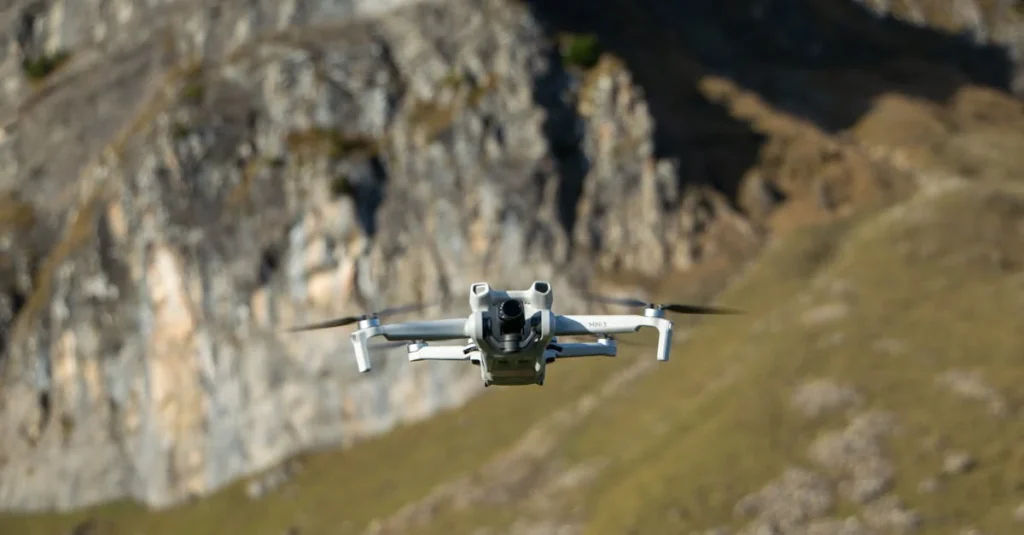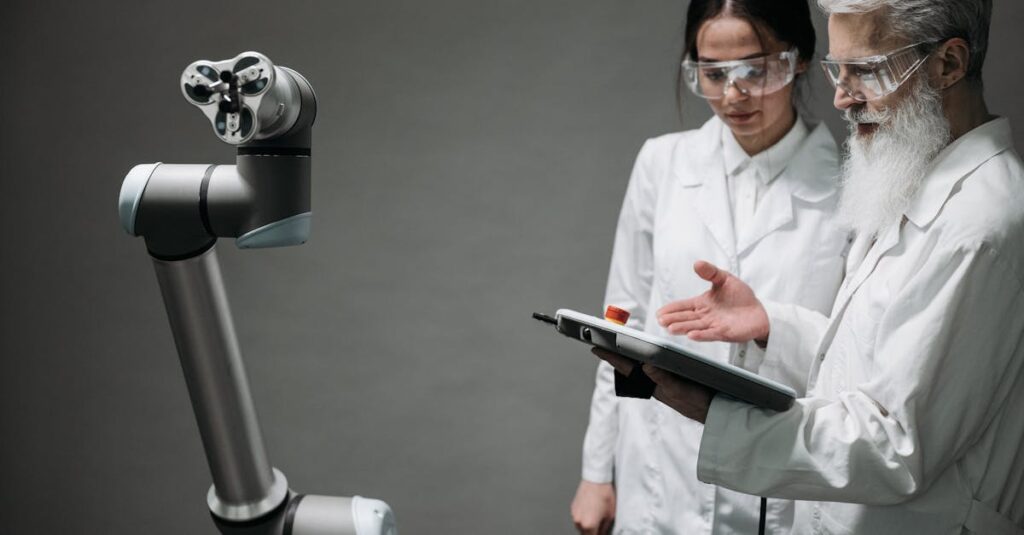In the ever-evolving world of technology, charge robotics is gaining momentum as a game-changer. This innovative field combines robotics and energy management, aiming to revolutionize how we power and automate machines. As I dive into this fascinating topic, it’s clear that charge robotics holds the potential to transform industries by enhancing efficiency and sustainability.
Imagine robots that not only perform tasks but also manage their own energy needs intelligently. That’s the promise of charge robotics. By integrating smart charging solutions with advanced robotics, we’re on the brink of a new era where machines operate with minimal human intervention. This isn’t just about convenience; it’s about creating systems that are more eco-friendly and cost-effective.
As I explore the intricacies of charge robotics, I’ll uncover how it’s reshaping sectors from manufacturing to logistics. This technology doesn’t just promise a future of seamless automation—it demands our attention as we move towards smarter, greener solutions.
Key Takeaways
- Innovative Integration: Charge robotics combines robotics with intelligent energy management, aiming to enhance automation and sustainability across industries.
- Transformative Potential: This technology is reshaping sectors such as manufacturing and healthcare by optimizing energy use and reducing environmental impacts.
- Advanced Solutions: Key innovations include cutting-edge battery technology and wireless charging systems, ensuring more efficient and reliable robotic operations.
- Operational Benefits: Charge robotics increases efficiency and reduces costs by autonomously managing energy needs, minimizing human intervention.
- Challenges and Regulation: Despite its promise, charge robotics faces several challenges, including technical hurdles and a lack of standardized regulations, necessitating continuous innovation.
- Future Outlook: The field is poised for significant growth, with emerging trends like blockchain and machine learning driving advances in energy management and integration of renewable sources.
Charge Robotics
Charge robotics combines robotic technology with intelligent energy management. This concept focuses on developing robots capable of autonomously handling their energy requirements. By doing so, it reduces the need for constant human oversight. These robots can optimize their energy consumption, prolonging operational efficiency and minimizing environmental impact.
Incorporating advanced algorithms, charge robotics enables machines to predict energy consumption patterns. For example, robots in manufacturing can adjust operations to balance energy use and productivity without compromising performance. This technology supports sustainable practices by aligning robotic functions with energy-saving measures.
Charge robotics has transformative potential in industries like logistics and manufacturing. By integrating smart energy systems, these sectors can benefit from reduced costs. Autonomous control over energy use leads to more streamlined processes and improved environmental sustainability.
Real-time data analysis enhances charge robotics capabilities. Robots can monitor energy levels, predicting necessary recharging intervals. This continuous monitoring ensures they remain operational when needed most, minimizing downtime and maintaining high productivity levels across applications.
Charge robotics redefines the way industries approach energy management in robotics, offering eco-friendly solutions for modern challenges.
Applications Of Charge Robotics
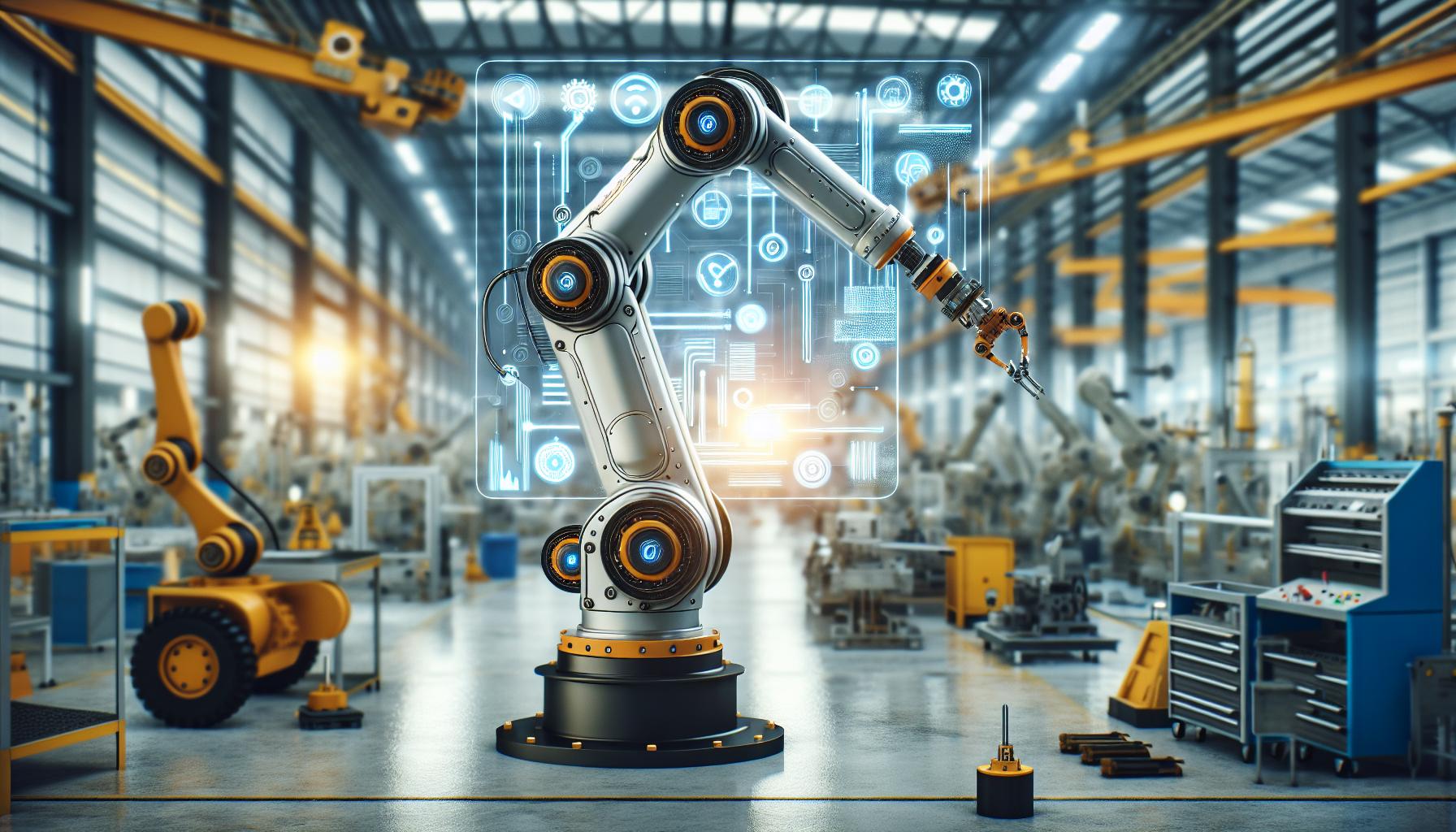
Charge robotics transforms various sectors by automating energy management, leading to improved efficiency and reduced environmental impact.
Industrial Automation
In industrial automation, charge robotics enhances operational efficiency through self-optimizing energy use. By integrating smart sensors, robots autonomously manage their power needs. For example, in a manufacturing setting, robots adjust their energy consumption during low-demand periods, conserving resources and lowering costs. This real-time energy management reduces downtime and streamlines production processes. By minimizing human intervention for power management, charge robotics increases productivity, making it essential for modern industrial operations.
Healthcare Solutions
Charge robotics offers innovative healthcare solutions by ensuring autonomous power management in medical robotics. When equipped with predictive algorithms, robotic systems in hospitals adjust energy use, ensuring equipment remains operational during critical procedures without manual recharging. In robotic-assisted surgeries, continuous operation without unexpected interruptions prevents delays, enhancing patient outcomes. This technology also supports the sustainability goals of healthcare facilities by reducing energy waste. By managing energy autonomously, medical robotics contribute to more efficient and reliable healthcare services.
Technological Innovations In Charge Robotics
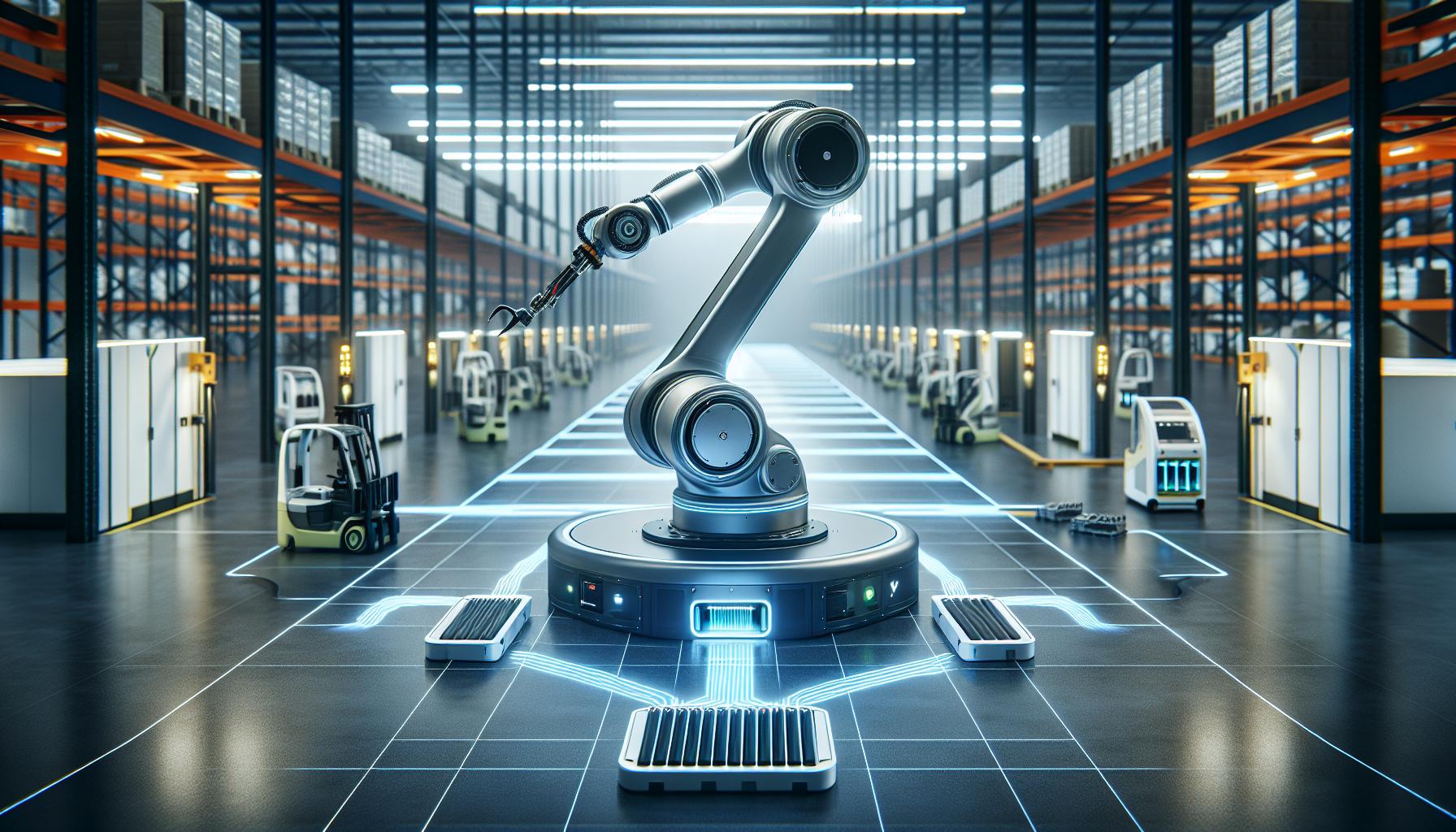
Charge robotics integrates cutting-edge advancements to enhance energy efficiency and sustainability.
Battery Technology
Battery technology plays a crucial role in charge robotics. These systems utilize advanced lithium-ion batteries known for high energy densities and long life cycles. Fast-charging capabilities minimize downtime. The integration of smart battery management systems maximizes efficiency by monitoring charge and discharge cycles and predicting battery health. By storing more energy in smaller spaces, robots operate longer between charges, boosting overall productivity in applications like logistics automation and healthcare.
Wireless Charging Systems
Wireless charging systems revolutionize charge robotics by providing seamless energy replenishment. Inductive charging pads and resonant inductive coupling reduce the need for physical connectors, saving time and reducing wear. These systems allow robots to charge autonomously while performing tasks, maintaining high uptime. For example, in manufacturing, robots can recharge during short breaks, aligning with operational schedules to ensure continuous productivity. The efficiency improvement realized with wireless charging supports sustainable energy practices across industries.
Advantages Of Charge Robotics
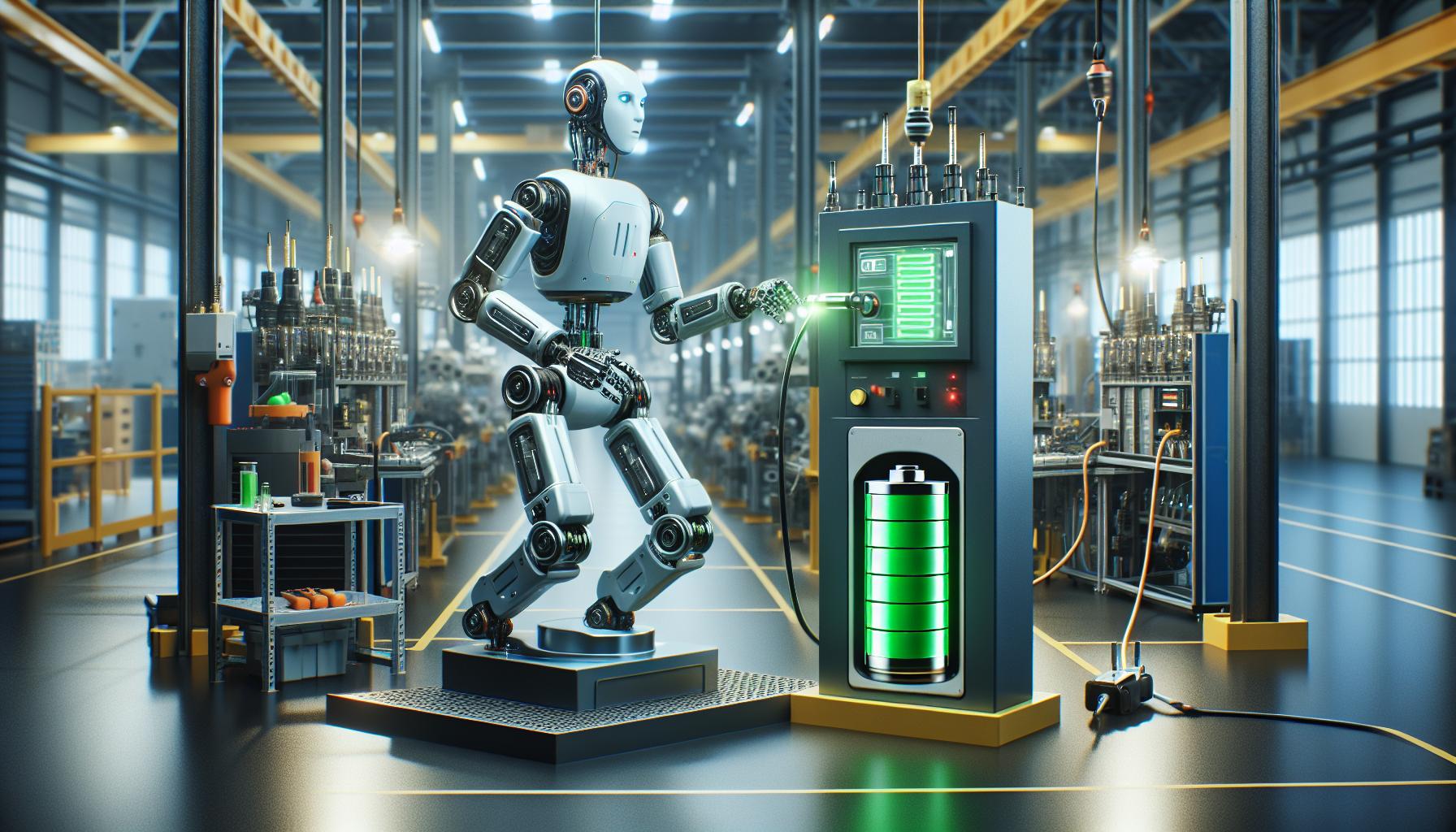
Charge robotics offers significant benefits by optimizing energy management in robotic systems. This approach enhances operational capabilities across different sectors.
Increased Efficiency
Charge robotics elevates efficiency by predicting energy needs and adjusting operations accordingly. Robots utilize advanced algorithms to analyze consumption patterns. They proactively manage their charge levels to maintain consistent productivity. In manufacturing, robots manage energy during peak and low-demand periods, ensuring operational fluidity and reducing unnecessary power usage.
Cost Reduction
Implementing charge robotics leads to substantial cost savings. By minimizing downtime through predictive energy management, robots reduce maintenance and operational expenses. In logistics, smart energy systems streamline processes, cutting costs associated with energy waste. The integration of efficient battery solutions and energy monitoring tools further contributes to cost-effective operations.
Challenges And Limitations
Charge robotics, while promising, faces several obstacles in technology and regulation. These challenges must be addressed for wide-scale adoption.
Technical Hurdles
Robotic systems integrating energy management present significant technical challenges. Advanced algorithms are essential for optimizing operations, but they often struggle with adapting to dynamic environments. Battery technology, although improving, limits efficiency as energy density and charging speed need consistent enhancement. Wireless charging systems must address alignment issues to prevent disruptions during robotic tasks, minimizing their current impact. Also, the complexity of integrating smart energy systems with existing infrastructure poses difficulties. Interoperability between varied energy management systems and robotic platforms hinders seamless operation and requires ongoing innovation.
Regulatory Concerns
Regulation plays a crucial role in the deployment of charge robotics. There is a lack of standardized regulations governing robot energy management, making compliance daunting for manufacturers. Regulatory bodies need to ensure safety standards for implementing wireless charging and battery usage, causing uncertainty in technological applications. Cross-border regulatory variations complicate international deployment, demanding adherence to multiple criteria. As robotics evolve, organizations must navigate a landscape lacking comprehensive guidelines for sustainable practices and energy efficiency criteria, impacting adoption rates.
Future Prospects Of Charge Robotics
Charge robotics stands at the forefront of technological advancement, paving the way for sustainable and efficient energy management in robotics. As industries seek smarter solutions, the potential for growth in this field is immense.
Emerging Trends
The landscape of charge robotics is rapidly evolving with new trends. Blockchain technology is emerging as a method to secure energy transactions and improve transparency in power distribution among autonomous robots. Machine learning enhances predictive energy management systems, allowing robots to adapt more efficiently to changing operational conditions. Collaborative robots (cobots) are developing advanced energy-handling capabilities, integrating seamlessly with teams to optimize energy distribution. Additionally, the movement towards decentralized energy grids empowers robots to harness renewable energy sources, reducing reliance on traditional power systems and further supporting eco-friendly initiatives.
Energy Needs
Charge robotics represents a significant leap forward in integrating energy management with robotic technology. By enabling robots to autonomously handle their energy needs, we can achieve a balance between productivity and sustainability. This innovation not only reduces costs but also supports eco-friendly practices across various sectors. As we continue to advance in this field, overcoming current challenges will be crucial to unlocking the full potential of charge robotics. I’m excited to see how these developments will shape the future of industries and contribute to a more sustainable world.


